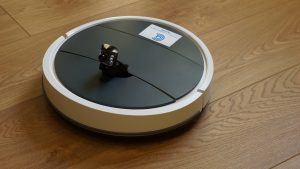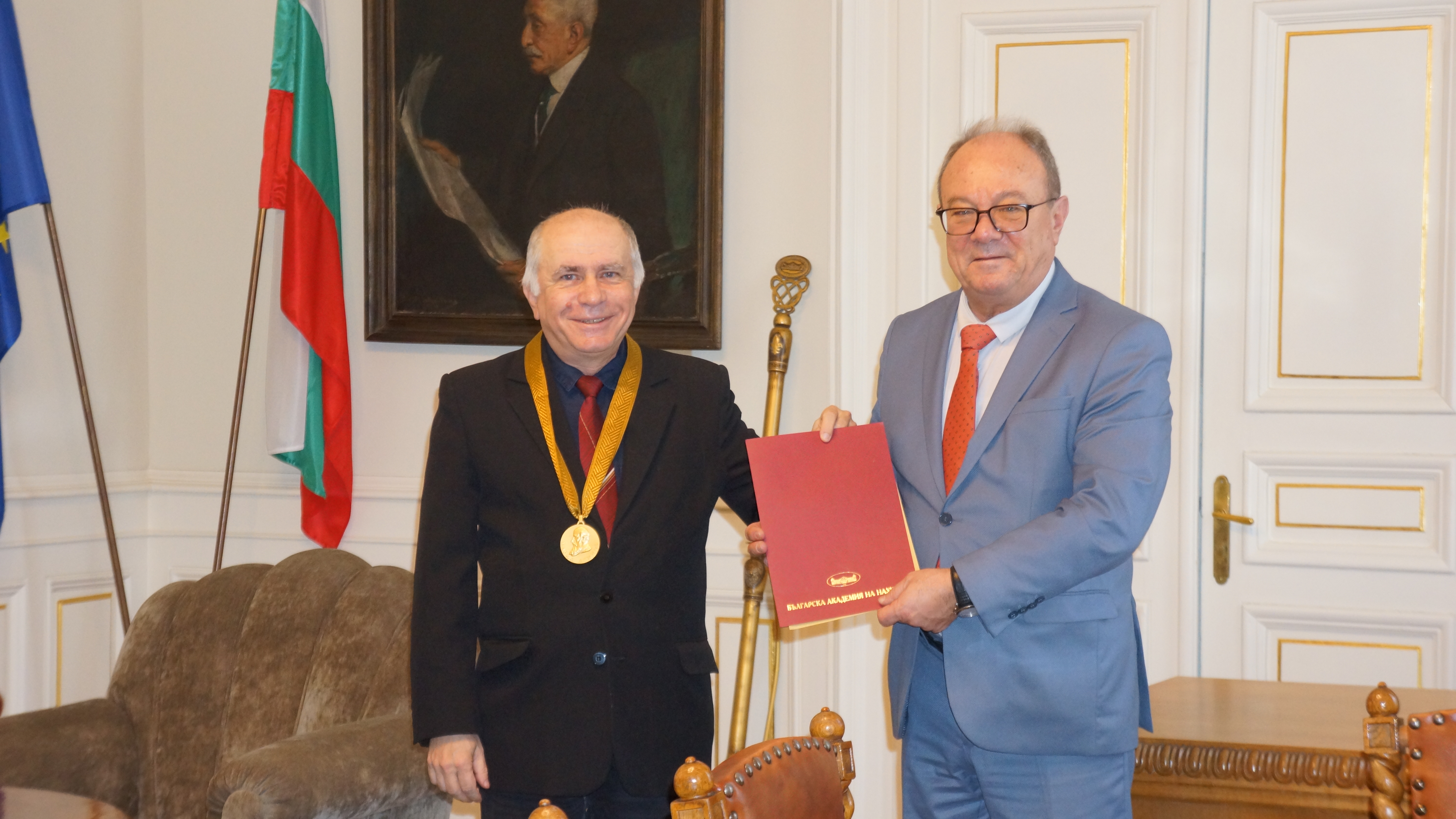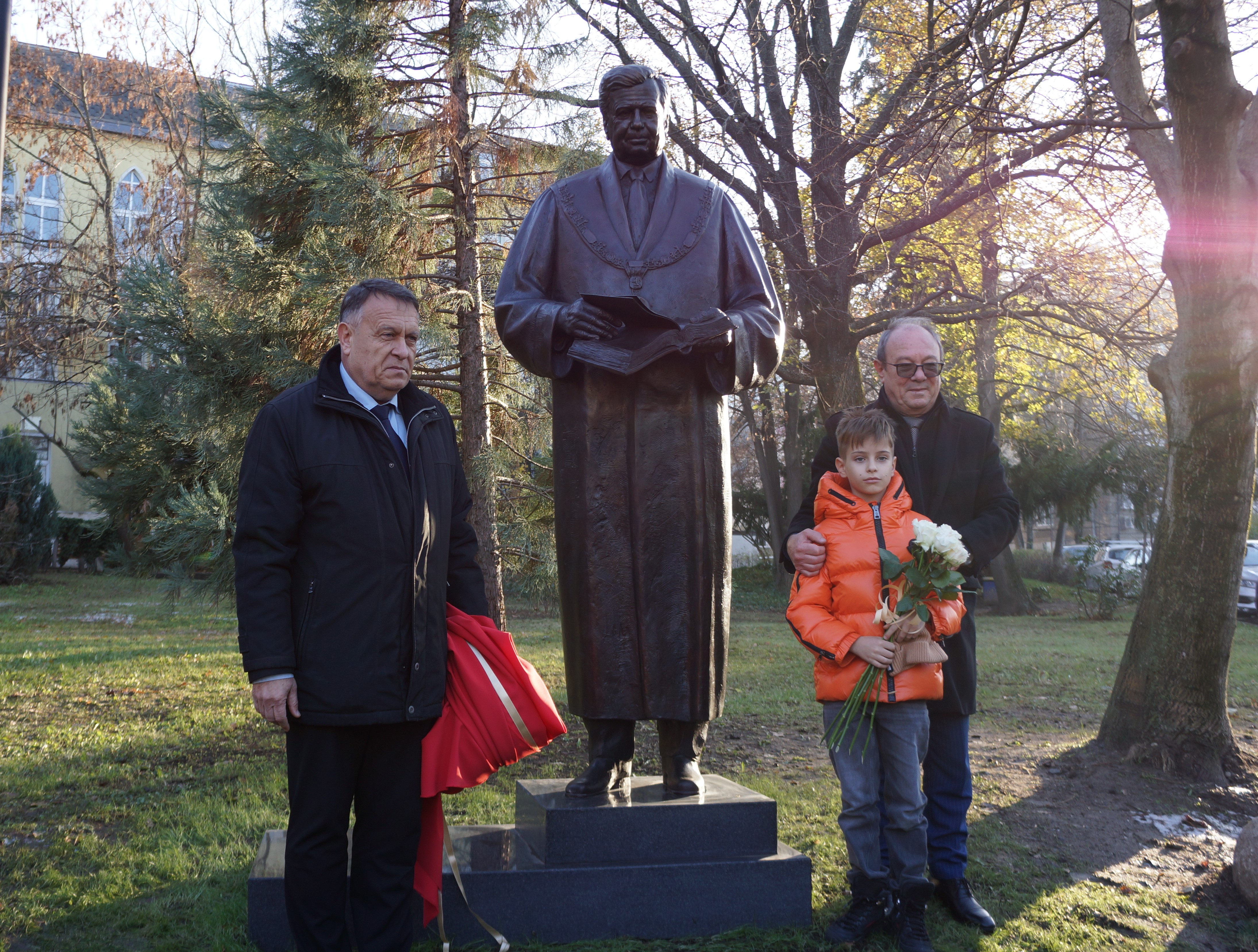
Scientists from the Institute of Robotics of BAS have created a robot for disinfection of premises which can be used to prevent the spread of COVID-19. The innovation is applicable to automated biological decontamination of homes and health facilities, kindergartens and schools as well as all floor surfaces contaminated with multi-resistant bacteria and superbacteria, fungi, spores and viruses. The invention is registered with the Patent Office and is applicable to all areas requiring highly effective disinfection procedures.
The robot contains a drive system, microsensor unit, processor control module with elements of artificial intelligence while the key component is a specialized emitter of hard ultraviolet UV-C radiation. It is aimed directly at the floor of the room only, as more than 80% of COVID-19 infection is localized on the floors. UV-C rays kill viruses through high-energy electrons passing through the protein shell in the nucleus of their ribonucleic acid (RNA). This leads to genetic damage to the cells and their destruction.
The new robot performs decontamination without liquid chemicals and disinfectants with a significant environmental effect. This makes it effective for people with asthma and allergies as well as for pets. Safety goggles or leaving the premises are not required when using it. The invention limits the contact between first-line physicians and the area of infection. Scientists have achieved an unusual time resource of continuous operation – with one charge of the battery, the robot works for at least 4 hours. There is a possibility for upgrading (realization) of the robot with new functions and modalities such as providing medicines to hospital patients without the involvement of specialized staff, etc.
The disinfection robot is a development of scientists from the Institute of Robotics of BAS, together with the QUASAR Competence Center, within the activities of scientists from the Academy for the eradication of the COVID-19 pandemic.





